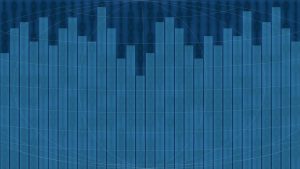Many organizations go to great lengths to track and report on lag measures. A Lag Measure measures the ultimate goal you are trying to accomplish, such as an increase in sales or profits, or a decrease in turnover, however, it is always in the past. While useful, the challenge, and benefit, comes when we spend the time to figure out the lead measures. How do we impact turnover or how to we move the needle on cost per hire? It is impossible to reliable impact your lag measures without understating all aspects of lead measures. Lead measure are the measures of the activities most connected to achieving the goal.
Lead measures have two advantages, they are both predictive, meaning they lead to the accomplishment of the Lag Measure or goal, and they are influenceable, meaning you can do something about them. Lead Measures are about narrowing your focus down to the 2 or 3 things that “trigger” success, or your end goal. If you understand your lead measures, you can more consistently and predictably replicate your success.
In the example of employee turnover, a lag measure, what might influence that? If our goal is to decrease turnover to 10% per year, what leading measures do we need to focus on to achieve that goal? Some examples could be employee satisfaction, employee engagement, time to respond to an interview request. All of these need to be measured and focus needs to be given to 2-3 that can reliably be shown to have a positive impact on reducing turnover. Choosing only 2-3 will allow you the best chance of success.
Spend time thinking about where your focus lies. Does it lie on a lag measure that is out of your control or on a lead measure(s) that you can actually control? Lead measures track the critical activities that drive, or lead to the lag measure. They predict success of the lag measure and are influenced directly by the team. A common example of a lag measure is weight loss. Which activities or lead measures will lead to weight loss? Diet and exercise! Proper diet and exercise predict the success of weight-loss and they are activities that we can directly influence. Simple enough but be careful. Even the smartest people fall into the trap of fixating on a lag measure that they can’t directly influence. This is because lags are easier to measure and they represent the result we ultimately want.
In summary, Lag measures give you the score, but Lead measure tell you how to win!








